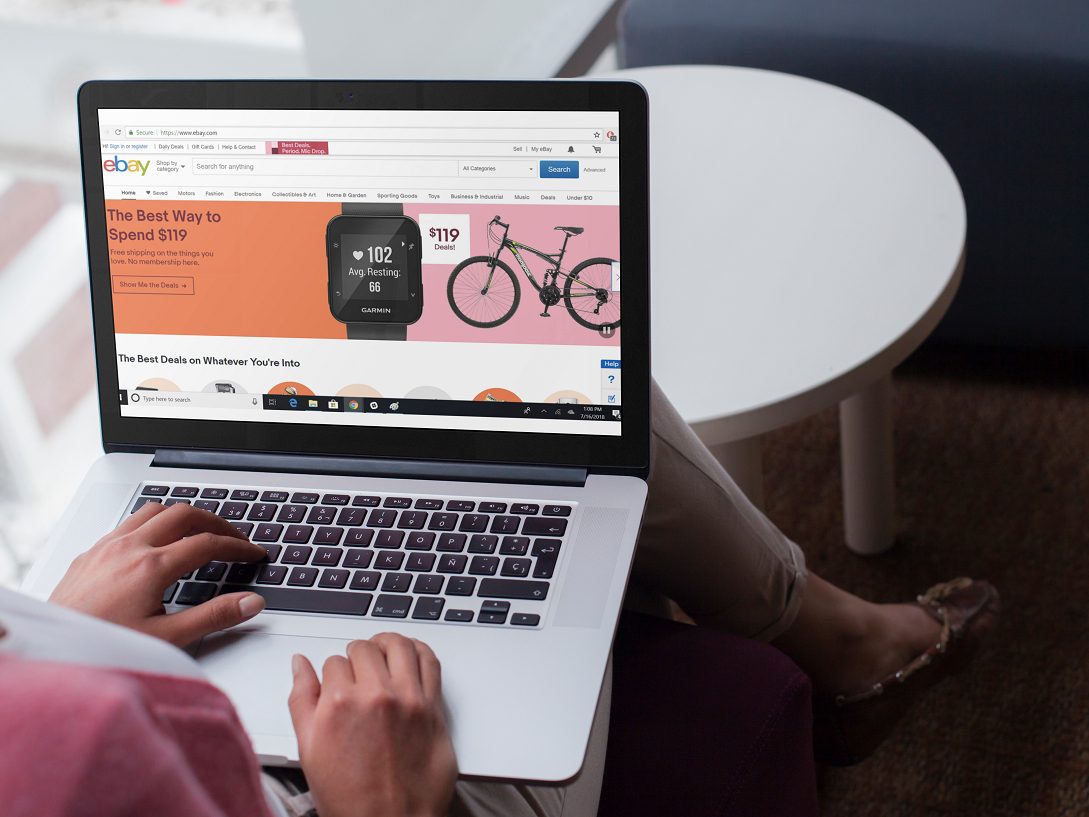Amazon’s fourth annual Prime Day, starting July 16 at 3 pm Eastern, will drive an estimated $3.4 billion in global revenue for the e-Commerce giant, but its popularity has forced other retailers to take action if they want a piece of the pie. Retail’s biggest players, including Walmart, Target, eBay, Best Buy and Macy’s have implemented sales of their own to align with the event, with Kohl’s holding the “It’s A Big Deal” promotion on July 10.
The decision by these retailers to capitalize on a “Black Friday in July” promotion makes sense when looking at last year’s sales totals. The biggest beneficiaries of these campaigns will be large retailers with more than $1 billion in annual sales and niche retailers with less than $5 million in revenue, according to research from Adobe Digital Insights. In 2017, the $1 billion+ retailers saw a 34.9% sales lift on Prime Day, whereas the niche retailers reeled in 17% more than usual. However, everyone in between $5 million and $1 billion in annual sales actually experienced a sales loss of 0.5%.
“Given the ongoing price war between Amazon and Walmart across multiple categories, and the ripple effects creating collateral damage for others, we see the industry caught in the throes of ‘Retail Darwinism,’ which is a credit negative for mostly all but the largest, higher credit quality, retailers,” said Charlie O’Shea, Senior Credit Officer and Lead Retail Analyst at Moody’s Investors Service in commentary provided to Retail TouchPoints. “In other words, fighting the margin battle is a no-win situation for most mid- to smaller-tier retailers. Match or undercut deep discount deals and see your margins erode — or do nothing and lose the sale, and potentially the customer.”
Advertisement
Unlike Amazon, which thrives on its horde of 100 million U.S. Prime members for the shopping event, the rest of the major retailers’ promotions enable consumers to get deals without requiring them to sign up for the site or an additional loyalty program.
Despite Sales Jump, Retailers Must Acknowledge Store Traffic Declines
Last year’s data suggests that Prime Day slowed down foot traffic at many of these major retailers during both Prime Week and the week after, so while online sales continue to boom, in-store sales aren’t necessarily safe. Big box stores, apparel retailers and electronics retailers all saw traffic dips of nearly 5% compared to the eight surrounding weeks (excluding the week of July 4), while department stores saw an approximately 8% traffic decline, according to Foursquare.
As traffic declines, retailers can’t afford to neglect the store experience if they intend to stay relevant to the consumer on Prime Day and the surrounding days.
“With 70% of consumers saying they’re more likely to buy a product if they get a chance to try it in store, those kinds of interactions in brick-and-mortar play a big part in driving online sales,” said Gina Ashe, CEO of ThirdChannel, a retail intelligence platform provider. “Brands that don’t consider physical store promotions and experiences as part of their Prime Day strategy risk missing out on potential sales offline and online around the busy shopping holiday.When you factor in the statistic that online purchases have 3X the return rate of in-store purchases — and that Amazon Prime Day is just a one-day event, while stores provide a channel for year-round promotions — it’s key for brands to focus on in-store execution where they can intercept and educate customers about their product.”
Third-Party Amazon Sellers Invest Heavily In Promotion, Fulfillment As Competition Increases
Third-party sellers on Amazon may be feeling the pressure of increased expenses as they seek to gain exposure to a wider set of consumers, according to Adrien Nussenbaum, Co-Founder and U.S. CEO of Mirakl.
“With the barriers Amazon has implemented for sellers, such as requiring them to use Fulfillment by Amazon, as well as Amazon’s early and significant discounts on its private brands, sellers might invest significantly in promotion, fulfillment and service products for little return,” said Nussenbaum in commentary provided to Retail TouchPoints. “On Prime Day, sellers should expect razor-thin margins thanks to the increase in other sellers trying to rapidly move inventory. This will be exacerbated by Amazon’s announcement in June that they will penalize third-party sellers for storing inventory in Amazon warehouses for too long. I wouldn’t be surprised to see Amazon rule with an iron fist and pay to further discount seller items, like it did during the holidays, in order to showcase significant growth.”
Regardless of which retailers are directly impacted by Prime Day, the event surely brings a revenue boost to the overall industry, at a point in the calendar that traditionally wasn’t known for generating a rapid spike in transactions. With August only two weeks away, Prime Day 2018 is expected to transition quite nicely into the back-to-school season.
“Prime Day approaches on the heels of record online sales growth for Q2 2018 (14.6% YoY growth in the U.S.),” said Taylor Schreiner, Director of Adobe Digital Insights in commentary provided to Retail TouchPoints. “We expect strong online sales to continue throughout the year with a record back-to-school season surpassing $50 billion in online sales for the first time, driving over 16.1% year-over-year growth in Q3 2018 and a substantial increase in online shopping YoY for the holidays.”









